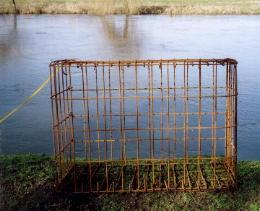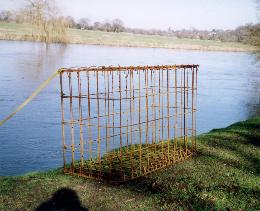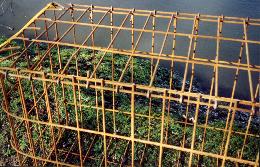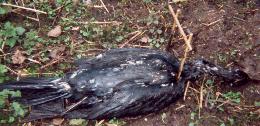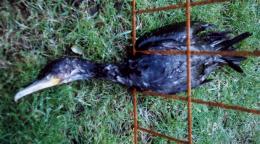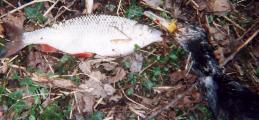|
The number of cormorants in the Uk has increased by 17 times in the last 25 years and the RSPB do not see that this is a problem
Possible soloutions to cormorant damage,
Firstly there is no point in restocking unless you can get fish of 3lbs in weight minimum (Very expensive) and many species of fish do not grow this big, this is why there are so many bloody carp everywhere, you have to keep the vermin birds off or have a water that is so small that these bastards cant fly in.
There is NOT a bottomless pit of fish here!
You must ask yourself what the birdwatching organisations
do when faced with a vermin creature that could seriously damage their
interests. Be it bird or mammal they go after it with such ferocity that
it quickly ceases to be a problem. The RSPB only protects some birds and
they don't have to consult anyone first, let alone have a five year survey!
You may need to get yourself a double-barrelled cormorantbuster!
The organisation that issues licences to shoot this
vermin is: The Department of Enviroment, Food and Rural Affairs. You can
ring them on 08456 014 523, and ask for form WC1A.
If you have a cormorant problem then you must complain
to the Environment Agency. They have a duty of care to our fisheries and
our fish, if they do not help then they are in neglect of this duty. I
have been told that they already have thousands of letters from clubs
and individuals complaining about these greedy birds and it's about time
that they did something. They get a massive amount of money from us in
rod licence fees and it's disgracefull that they are sitting on the fence.
However, the Environment Agency claim that cormorants
are not their responsibility, this claim is not suprising as Baroness
Young (formerly of the RSPB) is in charge.
In the light
of the English Nature survey, no.360 predicting 10,000 or more inland
cormorants within the next few years in addition to the 4-5,000 coastal
birds that we get every winter flying up from the coasts. You can work
it out for yourself, 15,000 cormorants for 365 days will kill a staggering,
sixteen million four hundred and twenty five thousand fish!
at an average rate of three fish a day. As they cannot eat large fish
but they can still kill them this figure would probably even higher. This
would wipe out our already depleted waters.
I have a
few solutions in mind.
1. Protection
for cormorants on rivers to be completely removed up stream of the tidal
limit.
2. A survey
undertaken on each nature reserve to determine just how many cormorants
that particular reserve can support, the numbers checked independently,
and kept down to the level determined by the survey.
3. Bird watching
reserves to be made to charge a fee to their visitors and the money collected
to be used to restock rivers and lakes where damage has already occurred.
4. It should
be made an offence to encourage cormorants into new areas. You are not
allowed to dump on your neighbours in other walks of life, so why this?
It would be OK if the birds kept to the reserves, but because birdwatchers
want more cormorants than their waters can support our great rivers and
lakes have to suffer.
|
